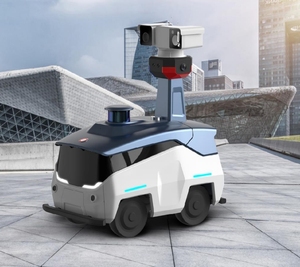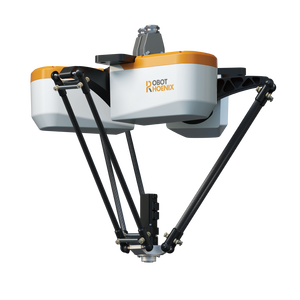Robotic Factory Automation

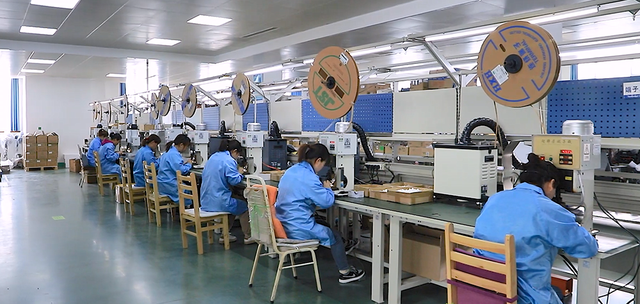







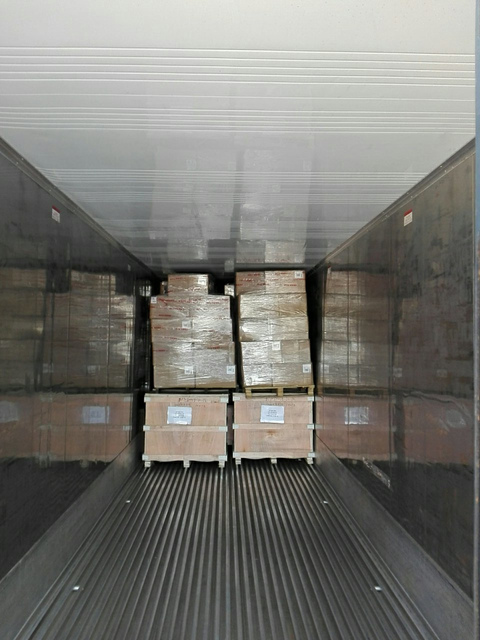

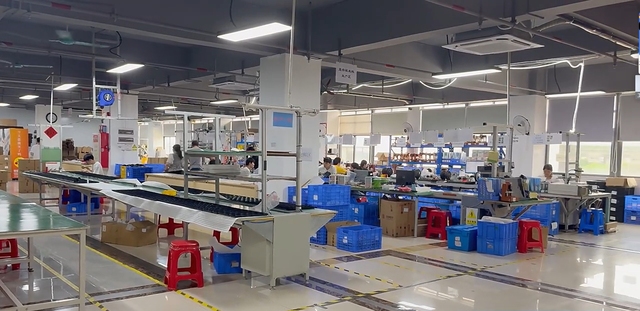



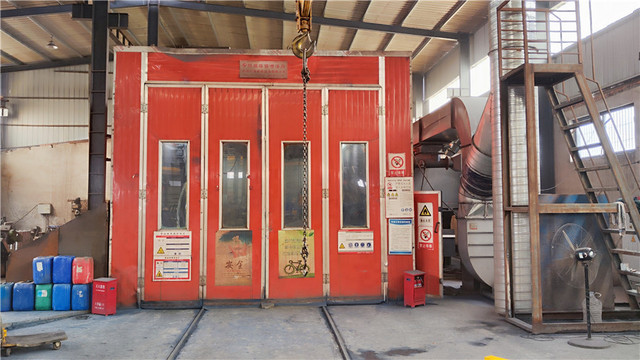





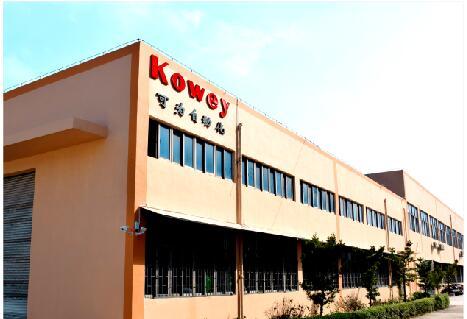

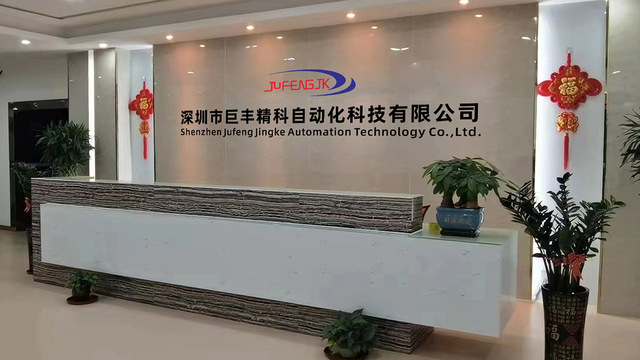

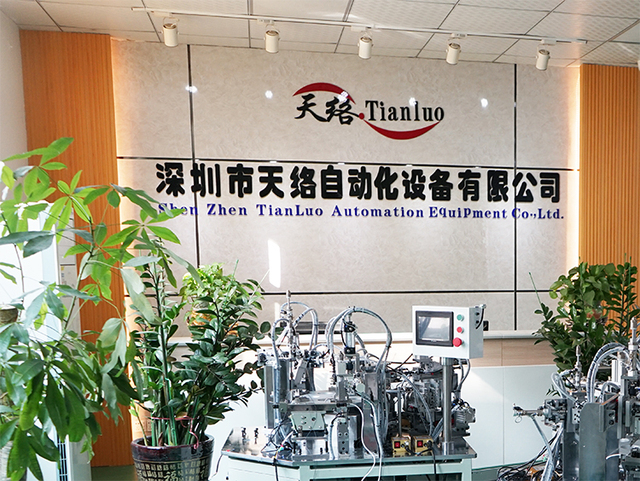

About robotic factory automation
Where to Find Robotic Factory Automation Suppliers?
China remains the global epicenter for robotic factory automation manufacturing, with key industrial clusters concentrated in Shandong, Qingdao, and Guangdong provinces. These regions host vertically integrated ecosystems that combine precision engineering, advanced material handling infrastructure, and proximity to component suppliers—enabling rapid deployment of customized automation systems. Shandong-based manufacturers leverage mature metal fabrication networks, reducing lead times by up to 25% compared to offshore alternatives. Meanwhile, Shenzhen’s robotics corridor supports high-tech integration, particularly in collaborative robots (cobots) and intelligent material handling systems.
The clustering effect enables streamlined supply chains, where motor, gearbox, control system, and structural frame production occur within tight geographic radii. This localization reduces procurement complexity and supports scalability—from single-unit pilot deployments to full-line automation rollouts. Buyers benefit from flexible MOQs (as low as 1 set), average lead times of 30–45 days for standard configurations, and access to modular platforms adaptable to welding, palletizing, assembly, and surface treatment applications.
How to Choose Robotic Factory Automation Suppliers?
Selecting reliable partners requires rigorous evaluation across technical, operational, and transactional dimensions:
Technical Capability Verification
Confirm expertise in core automation domains such as robotic integration, motion control, and process-specific end-effectors. Prioritize suppliers offering documented application case studies—e.g., robotic grinding, automated ice cream production, or collaborative coffee-making systems—as evidence of real-world implementation proficiency. For safety-critical environments, ensure compliance with international standards including CE, ISO 9001, and functional safety directives applicable to machinery.
Production Infrastructure Assessment
Evaluate supplier capacity using these benchmarks:
- Facilities equipped for robotic cell assembly and system-level testing
- In-house capabilities in welding, CNC machining, or PLC programming (where relevant)
- Demonstrated experience with articulated robots, conveyors, AGVs, or material handling subsystems
Cross-reference listed product ranges with on-time delivery performance (target ≥92%) and response efficiency (≤2 hours) to assess operational responsiveness.
Transaction Risk Mitigation
Utilize secure payment mechanisms such as escrow services for initial orders. Analyze reorder rates as an indicator of customer satisfaction—values above 30% suggest consistent quality and service. Request pre-shipment inspection rights and verify whether suppliers support third-party quality audits. Pilot testing is strongly advised, especially for complex integrations involving vision systems or multi-robot coordination.
What Are the Best Robotic Factory Automation Suppliers?
| Company Name | Main Products | Price Range (USD) | Min. Order | On-Time Delivery | Avg. Response | Reorder Rate | Online Revenue |
|---|---|---|---|---|---|---|---|
| Jinan Stark Machinery Equipment Co., Ltd. | Conveyors, Collaborative Robots, Articulated Robots | $10,500–$35,000 | 1 unit | 92% | ≤1h | 33% | $80,000+ |
| Beijing LJ Robot Technology Co., Ltd. | Commercial Delivery Robots, Serving Trays | $2,600–$3,800 | 1 set | 50% | ≤1h | 50% | $10,000+ |
| Stuaa Automation (Qingdao) Co., Ltd. | Welding Robots, Robotic Grinding Systems | $6,500–$12,000 | 1 set | 100% | ≤5h | - | - |
| Shenzhen Zhongyi Industrial Co., Ltd. | Articulated Robots, Packaging Lines | $3,972–$10,000 | 1 set | 100% | ≤1h | - | - |
| Shenzhen Era Automation Co., Ltd. | Collaborative Robots, AGVs, Palletizing Systems | $360–$12,900 | 1 set | 100% | ≤2h | 25% | $350,000+ |
Performance Analysis
Suppliers like Stuaa Automation and Shenzhen Zhongyi demonstrate exceptional logistical reliability with 100% on-time delivery, making them strong candidates for time-sensitive automation projects. Shenzhen Era Automation stands out for its broad product range and high online transaction volume ($350,000+), indicating market acceptance and export readiness. Jinan Stark offers premium solutions in industrial robotics with mid-tier pricing and a proven 33% reorder rate, reflecting moderate customer retention. Beijing LJ Robot presents cost-effective service-oriented automation but has lower delivery reliability (50%), which may pose risks for mission-critical deployments. Price segmentation is evident: sub-$4,000 options target entry-level commercial automation, while systems exceeding $10,000 focus on industrial-grade performance and durability.
FAQs
How to verify robotic automation supplier credibility?
Cross-check certifications (ISO, CE) through official registries and request documentation of system-level testing procedures. Review supplier-provided case videos or arrange virtual facility tours to validate production workflows. Assess technical communication quality during inquiry stages as a proxy for post-sale support capability.
What is the typical lead time for robotic automation systems?
Standard configurations typically ship within 30–45 days after order confirmation. Customized cells involving specialized tooling or integration with existing lines may require 60–90 days. Expedited builds are occasionally available at a premium.
Can suppliers accommodate custom automation requirements?
Yes, most established suppliers support OEM/ODM services. Provide detailed specifications including payload requirements, workspace envelope, cycle time targets, and interface protocols (e.g., Modbus, EtherCAT). High-capability vendors will return CAD models or simulation files within 5–7 business days.
Do robotic automation suppliers offer global shipping?
All listed suppliers have export experience and can manage international logistics via air or sea freight. Clarify Incoterms (FOB, CIF) upfront and confirm packaging standards for long-distance transport. Sea freight is recommended for heavy robotic cells or multi-unit orders to optimize cost.
Are samples available for robotic automation systems?
Due to system complexity and cost, full-system sampling is rare. However, some suppliers may provide demo units or allow remote operation trials. Component-level validation (e.g., controller testing) is often feasible and advisable prior to full procurement.































